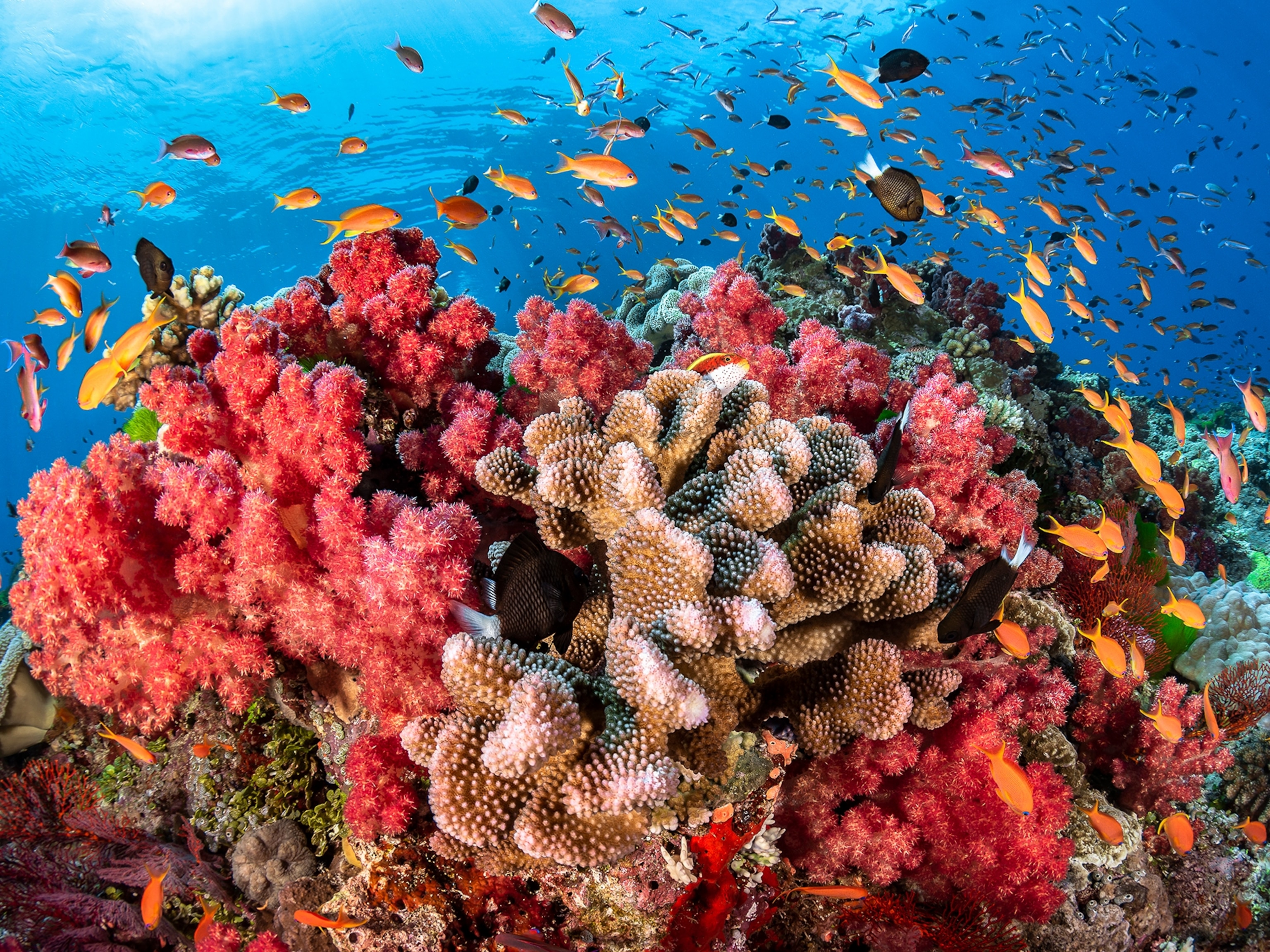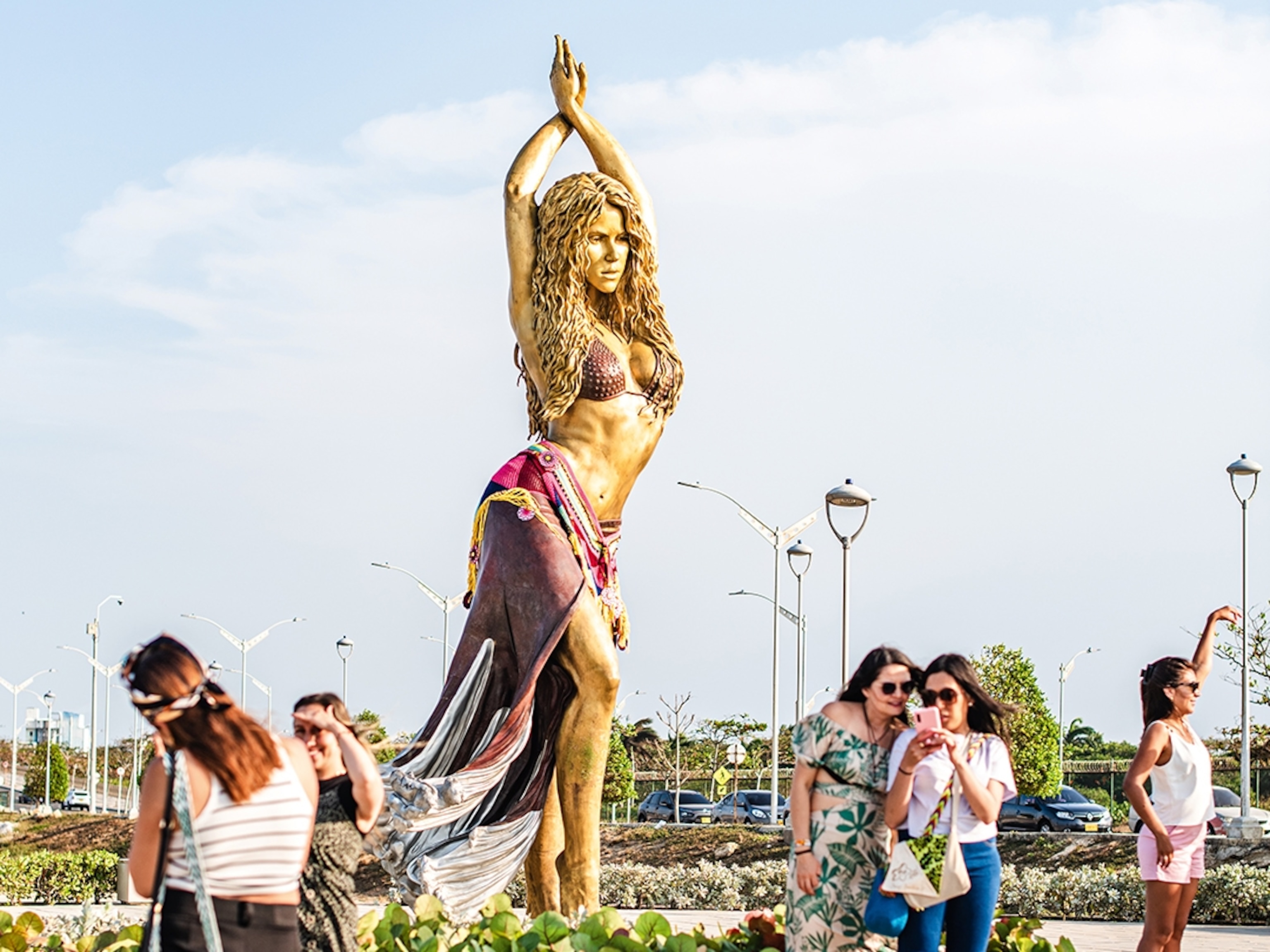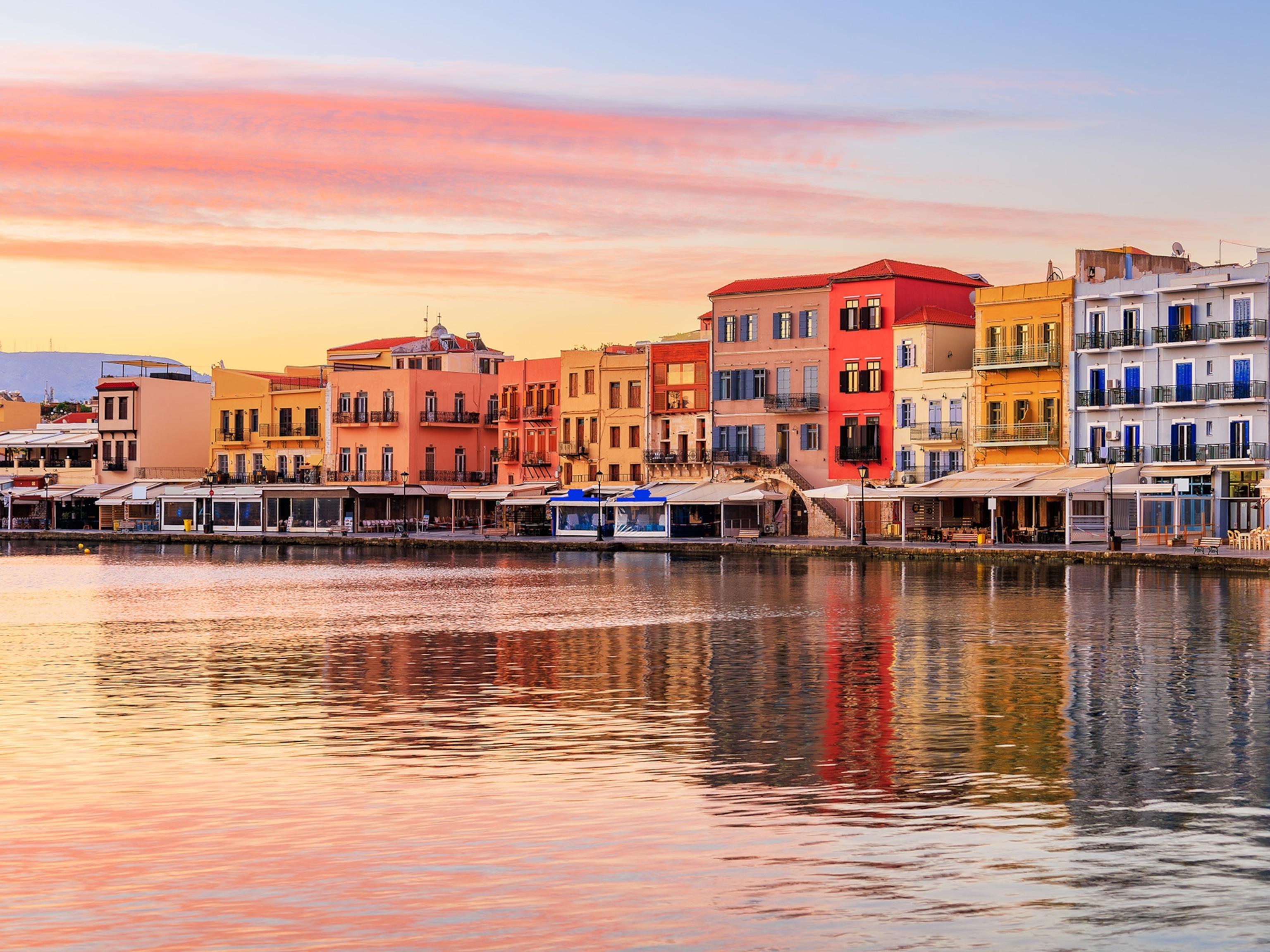Of all the astounding facts about bananas—that they’re actually a berry, that they contain trace amounts of radiation, that they’re the top-sold single item at Walmart—this one is my favorite: every banana consumed in the United States and Europe and most of Asia is a clone of an older banana, called the Cavendish that went into commercial production in the 1960s. The banana most of the world eats is a result not of the fruit’s magical characteristics but of humanity’s industrial food system. Its ubiquity is thanks to researchers who have optimized it to grow quickly and reliably and ship large distances with minimal damage.
But the Cavendish’s best qualities have also turned into liabilities. A monoculture generally comes with increased risk of debilitating disease. Something that makes one plant sick can make every plant sick, a little like if all of humanity shared the same immune system. If one person caught a really bad cold, there would be little researchers could do to prevent the rest of the planet from catching it too.
The equivalent of the banana’s cold is a fungal disease known as Panama Disease (instead of its more formal name Fusarium oxysporum f.sp. cubensis Tropical Race 4), which infects the roots of a banana tree, then moves upward and blocks the outward flow of sap. Eventually the tree suffocates from the inside and dies—infecting other trees in the process. It has been detected in Africa and Asia, both large banana-growing regions that feed the Eastern Hemisphere. Whereas Americans eat bananas as a nutritious novelty, other parts of the world consider the fruit a staple. In Uganda, people eat more than 500 pounds of bananas a year, or almost three a day.
Figuring out how to stop the epidemic has stumped banana pathologists on every continent the fruit grows. At a development conference in South Africa earlier this month, researchers discussed ways to insulate Mozambique, where the disease threatened to collapse the country’s industry, from the rest of Africa’s banana growing regions. Just a few days later, Dan Koeppel, author of the book Banana: The Fate of the Fruit that Changed the World, reported that new data showed the disease was poised to travel more quickly than anyone thought.
The only remaining place for it to spread is to Latin America, the source of the Western Hemisphere’s banana crop and a huge economic driver for Brazil, Ecuador, and Costa Rica. Farms have taken emergency security measures to keep out the disease, which can be spread as easily as on someone’s shoe. Since the disease has a two- to three-year incubation time, there’s concern it may already be in South America and that it may be too late to halt it.
Still, amid the crisis is also some good news. To avoid a world without bananas—the horror—and to maintain the fruit’s economic punch, Chiquita (one of the world’s biggest banana producers) is researching a new banana. The immediate goal is to prevent the collapse of the banana market. Yet one side benefit will be the creation of new banana varieties. Sweet ones, sour ones, ones that are better for baking, ones that have more calories or fewer carbs. Bananas of the future may not be as cheap as they are today, nor as easy to ship as the hardy Cavendish. But they would be a little like apples—appearing in many different forms and with little risk of going out of style.






